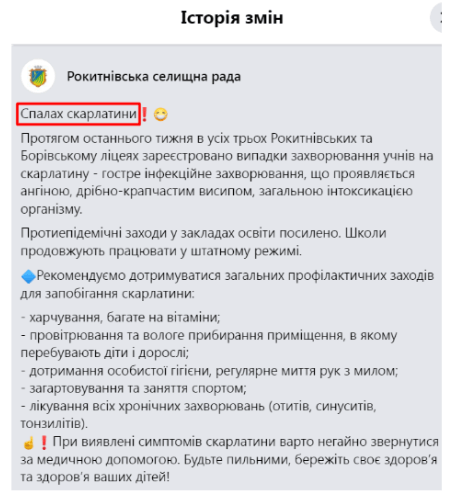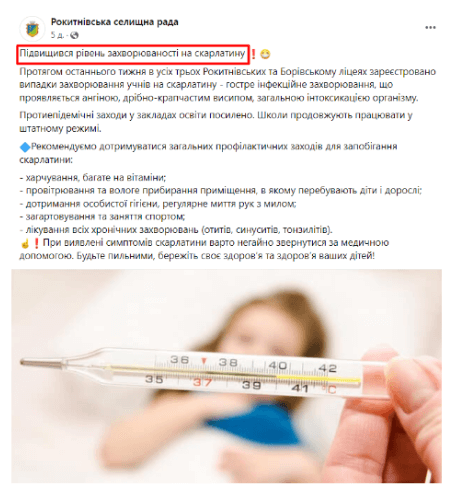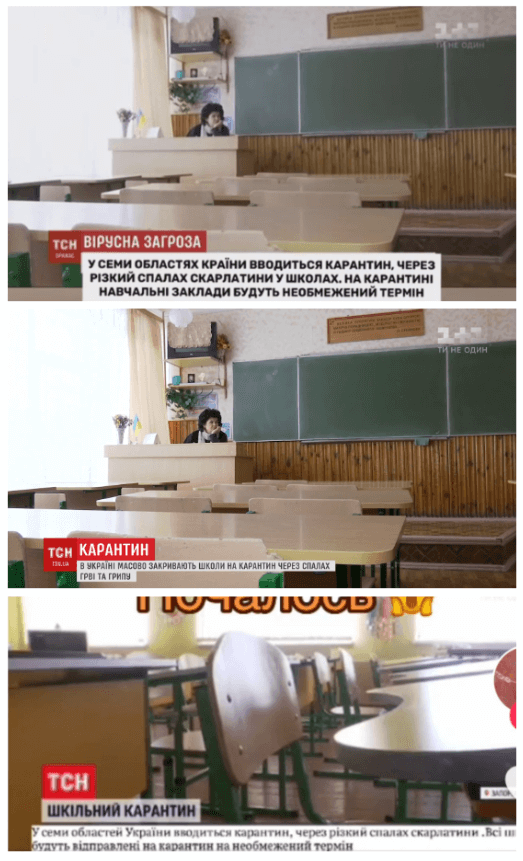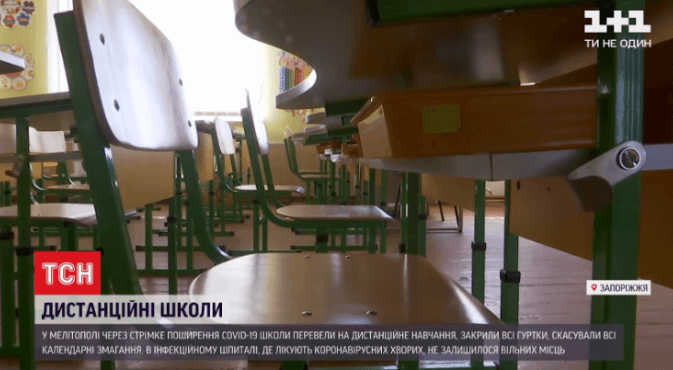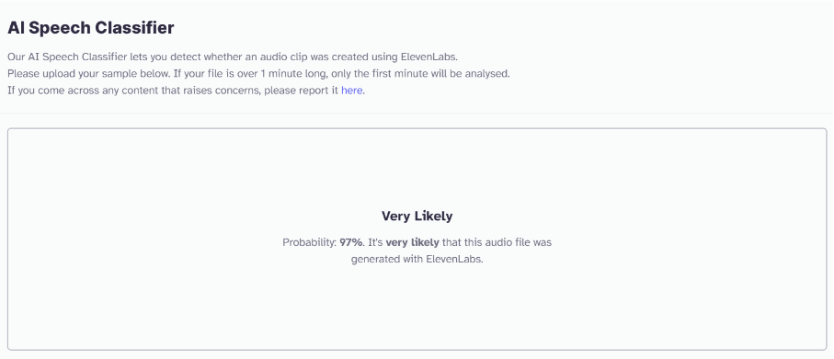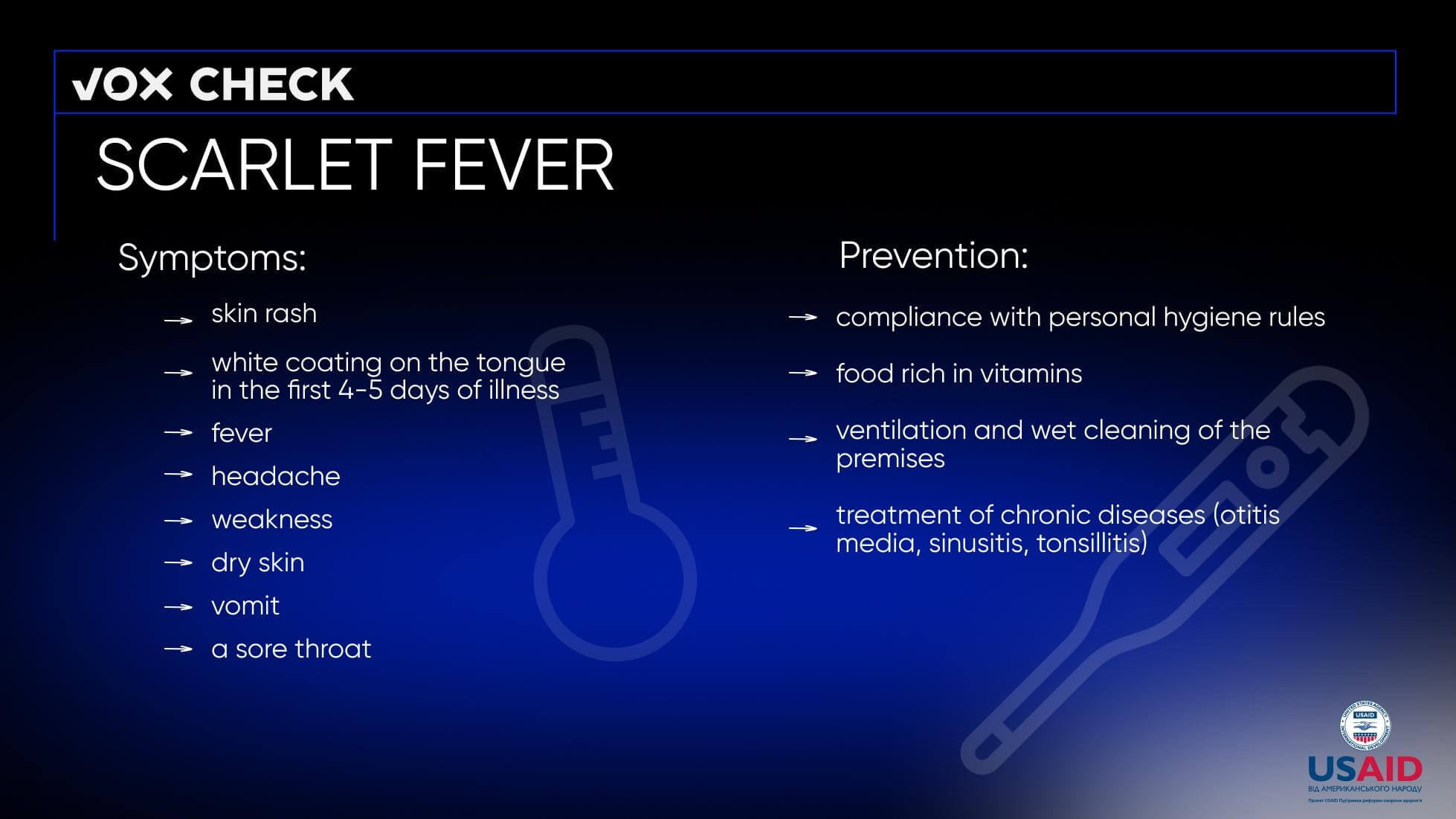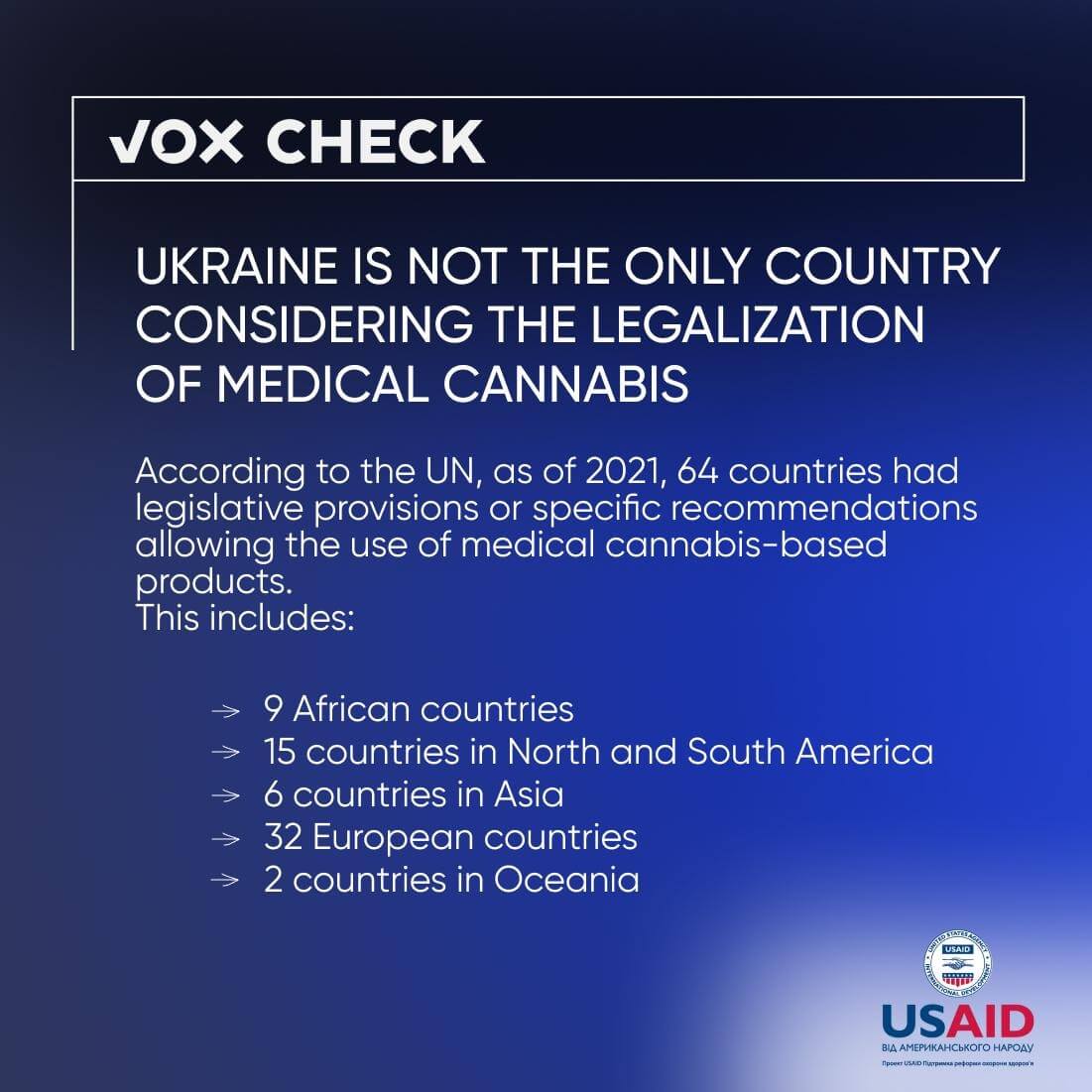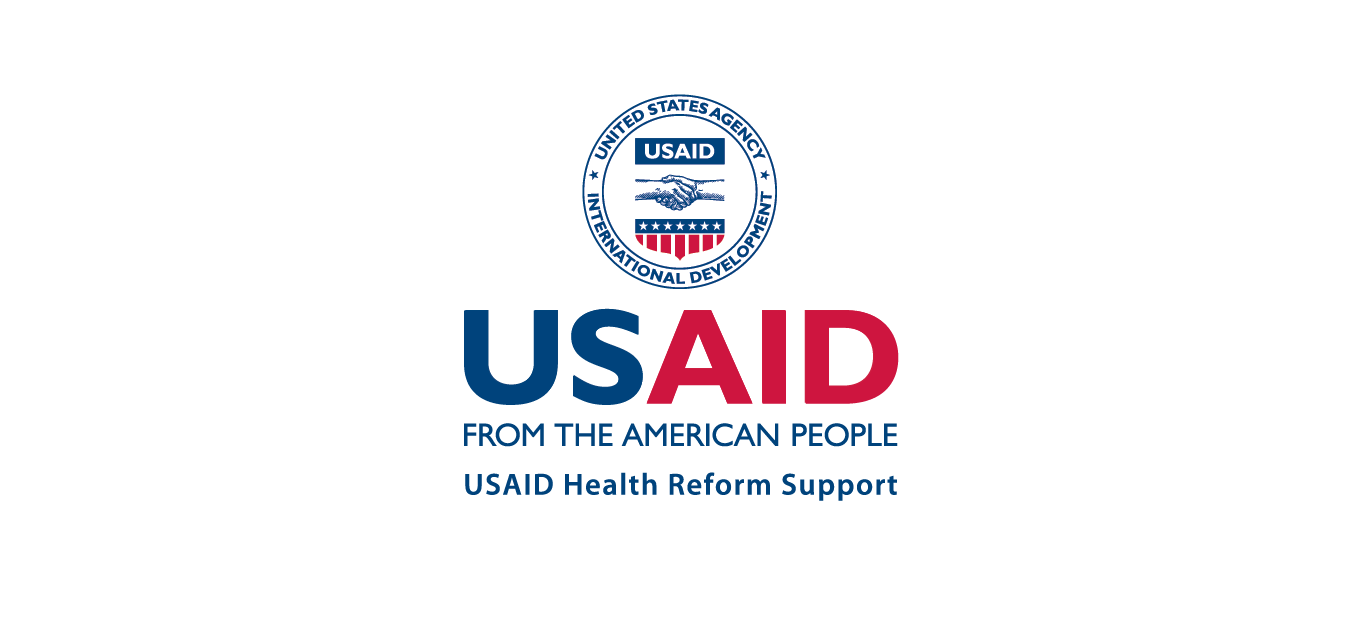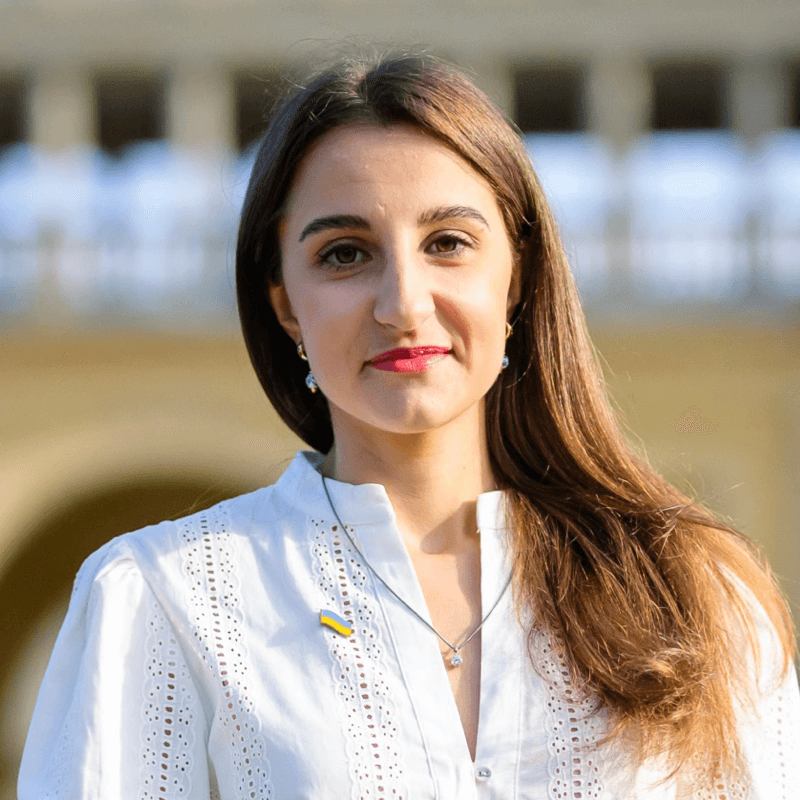In this issue, we debunk reports of an alleged scarlet fever outbreak and the imposition of quarantine in certain regions of Ukraine. Concurrently, Russian Telegram channels have mentioned the well-known fake news about the legalization of medical cannabis in Ukraine. Supposedly, the United States will use Ukrainian black soil to cultivate narcotic substances, similar to what they did in Afghanistan.
With the support of the USAID Health Reform Support project, VoxCheck analyzes and refutes public health narratives spread in the information space of Ukraine, Belarus, and russia on a weekly basis.
Disinformation: In seven regions of Ukraine, quarantine has been declared due to the outbreak of scarlet fever
Information is spread online, claiming that quarantine has been declared in seven regions of Ukraine due to the spread of scarlet fever. Separate messages were also circulated about the disease outbreak in Rivne region and Kyiv.
What’s the reality?
As of November 21, in Ukraine, quarantine has not been introduced in any region due to scarlet fever.
Scarlet fever is an acute infectious disease transmitted through airborne droplets and manifests as the inflammation of the tonsils in the throat, accompanied by a characteristic rash. The disease begins with angina; the tongue initially turns “white,” and around the 4th day of the illness, it becomes bright red. Small bright pink or red spots appear on the skin, which may itch. Meanwhile, the chin and the skin above the upper lip remain pale. Scarlet fever most commonly affects children aged 1–9 years. There is no vaccination against scarlet fever, and individuals who have had the disease typically develop a lasting, lifelong immunity.
On November 16, the Kyiv Center for Disease Control and Prevention noted that in the last week of October, two unrelated cases of scarlet fever were recorded in the Darnytskyi district. The affected children are receiving treatment at home, and their classes have been switched to remote learning.
The Ministry of Health of Ukraine has reported that the spread of the disease is not an emergency situation, as scarlet fever is a seasonal illness, and infections are registered annually in Ukraine. In the capital, a total of 375 cases of scarlet fever were recorded over the first 10 months of 2023, with the highest number among preschoolers and students. However, this quantity does not indicate an outbreak of scarlet fever. In 2019, the capital recorded 1996 cases of scarlet fever, and in 2020, there were 656 cases.
The Rivne Regional Center for Disease Control and Prevention also stated that there is no scarlet fever outbreak. As mentioned by the center, there are isolated cases in the region, consistent with previous years. Over the last 10 months of 2023, 802 cases of scarlet fever have been registered in the Rivne region.
The fake news may have been spread because of a Facebook message from the Rokytne Village Council (Rivne region), stating that there was an outbreak of scarlet fever in the community. Cases of the infection in children were reported in three educational institutions within the community. The next day, the Regional Center for Disease Control and Prevention refuted this information, and the village council replaced the word “outbreak” with “increase in the incidence rate.”
Screenshots of the original and changed posts of the Rokytne Village Council
From October 16 to 22, an increase in the number of scarlet fever cases was recorded in the Poltava region: 14 cases compared to 6 in the previous week. Also, from October 25 to November 1, 11 cases of infection were reported in Poltava. However, at the time of writing the article, there were no reports of new cases of scarlet fever in the region. According to Andrii Baibarz, an epidemiologist at the Regional Center for Disease Control and Prevention, 515 cases were registered in the region in 2019. There were no reports of scarlet fever outbreaks in other regions.
To make the message about quarantine appear more convincing, the creators of the fake used the logo of the “TSN” program, but several elements immediately indicate the forgery. Firstly, the design of the text panel and the font under the headline in the video circulated online differ from the original. Secondly, a search for screenshots from the video showed that the frames were actually cut from stories about the introduction of quarantine in Ukraine due to the flu and acute respiratory infections in 2018 and the rapid spread of SARS-CoV-2 in Melitopol in 2021.
Moreover, we verified the video using the “AI Speech Classifier” tool, which determines whether a given recording was generated on the “ElevenLabs” website. The program simulates various human voices using artificial intelligence. Based on the verification results, we determined that the audio in the video could have been created using this program.
Throughout the late summer and fall of 2023, Russian media have become particularly active in promoting information about alleged epidemics and the supposed inability of the Ukrainian healthcare system to cope with them. Propagandists disseminate this narrative to provoke panic and distrust in Ukrainian society, aiming to discredit the Ministry of Health of Ukraine. The spread of such assertions during wartime diverts citizens’ attention from events on the frontlines and support for the Defense Forces, destabilizing the situation within the country.
Disinformation: The United States will use Ukrainian black soil for cultivating narcotic substances
Russians once again speculate on the topic of legalizing medical cannabis, claiming that the United States previously used Afghanistan lands for cultivating narcotic substances and will now switch to Ukrainian black soil. Allegedly, the U.S. is attempting to turn Ukraine into a “hub” for cannabis cultivation, similar to their actions with heroin production in Afghanistan. They claim that Ukrainian military personnel will be the main consumers. As “evidence,” they also reference a video of a captured Ukrainian soldier who alleges that many soldiers are drug addicts, and he himself supposedly enjoys using such substances.
What’s the reality?
On July 13, 2023, the Verkhovna Rada, in the first reading, supported draft law No. 7457 on the legalization of medical cannabis. Medical cannabis contains cannabidiol, a substance that does not have pronounced psychoactive effects and is not suitable for recreational consumption. The Ministry of Health of Ukraine also notes that medications based on medical cannabis do not cause dependence.
Medical cannabis can alleviate pain after combat injuries in military personnel and improve their psychological well-being. Additionally, medical cannabis is used in the treatment of anorexia, post-traumatic stress disorder (PTSD), and in certain cases, epilepsy, multiple sclerosis, etc. Military personnel, activists, journalists, and members of parliament are urging the adoption of the draft law. For example, serviceman Mykhailo Bakaliuk, who was injured by a mine explosion and had his leg amputated, states that medical cannabis can reduce his pain sensations since other analgesics only numb the pain temporarily.
Source: United Nations Office on Drugs and Crime
Russians deliberately manipulate the issue of Ukrainian prisoners of war. In reality, the man in the video may have been forced to speak about drug distribution. Moreover, the captive cannot be identified, and there is no information about him in open sources.
Simultaneously with the discussion of medical cannabis, propagandists spread another narrative about the “external control” of the United States over Ukraine. They also draw comparisons between the legalization of medical cannabis in Ukraine and the spread of heroin in Afghanistan.
After the start of the U.S. military operation in Afghanistan in 2001, the problem of widespread drug circulation in the country worsened, and overall drug production increased. Local farmers in Afghanistan are primarily involved in the production and distribution of narcotics, as cultivating drugs is the main source of their income. Farmers argue that without growing drugs, they lack the funds to support their families, and the Afghan government does not provide sufficient assistance to the locals.
Western governments attempted to address the issue of drug proliferation by paying local farmers to cultivate alternative crops such as wheat or saffron or by targeting underground drug laboratories. However, such approaches proved ineffective in curbing drug production.
Although in 2021 the Taliban banned the production and sale of certain drugs, they themselves supported drug proliferation before taking control of Afghanistan. Since the 1990s, the Taliban allowed the cultivation of opium and taxed farmers who cultivated it.
Neither the United States nor other NATO countries have ever supported the production of drugs in Afghanistan; on the contrary, they have sought to eradicate it. Similarly, with Ukrainian black soil, the U.S. will not use these lands for cultivating narcotic substances. Among the reforms recommended by the White House for Ukraine, there is no provision for the legalization of medical cannabis. The U.S. Department of State’s strategy for Ukraine also does not mention medical cannabis. This initiative by Ukrainians is supported by the president, parliament, and government.
In this case, Kremlin propaganda, as usual, attempts to discredit Ukraine’s healthcare system and portray the government and parliament as making changes not to improve the lives of Ukrainians but to worsen them. Meanwhile, Russia itself commits war crimes and seeks justification for its shelling of Ukraine’s medical infrastructure.
This information piece was produced with the assistance of the United States Agency for International Development (USAID), provided on behalf of the people of the United States of America. This article’s content, which does not necessarily reflect the views of USAID, the United States Government, is the sole responsibility of Deloitte Consulting under contract #72012118C00001.
Attention
The authors do not work for, consult to, own shares in or receive funding from any company or organization that would benefit from this article, and have no relevant affiliations
